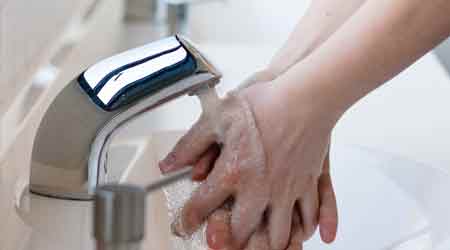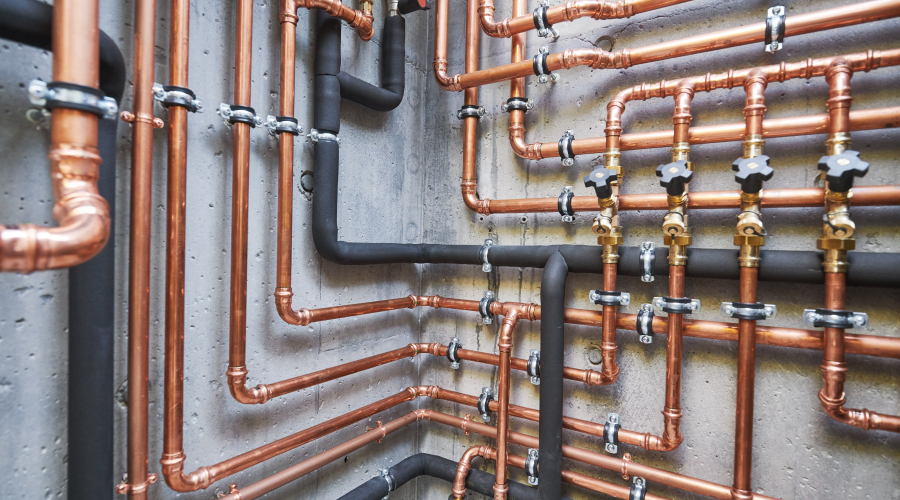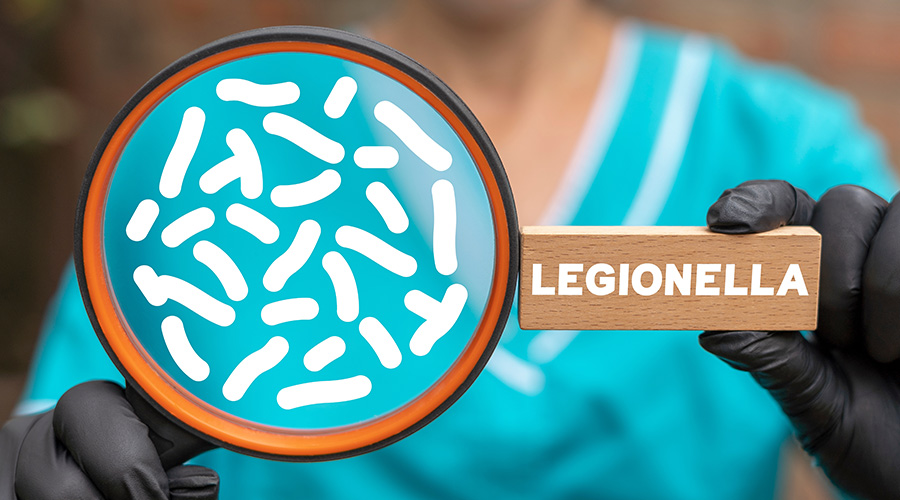Successful Water Conservation Involves Many Critical Factors
Part 1 of a 3-part article on water conservation practices
Water shortages in California have grabbed headlines in recent months as that state imposes strict limits and large fines in an effort to curtail water use and waste. But California is hardly alone in facing water shortages, as a number of other states also have tried to clamp down. For institutional and commercial facilities, the restrictions mean maintenance and engineering managers must continue their search for water conservation.
By combining advances in new-generation plumbing products with proven water-saving practices in restrooms and generating occupant buy-in to water conservation efforts, managers can help their organizations hold down utility costs. New-generation products
New-generation products
Flush valves, faucets, and aerators are just a few of the plumbing and restroom products that have undergone functional improvements in recent years in an effort to help facilities curtail water use and reduce costs.
New designs in automatic, touchless, electronic, and motion-sensor-operated flush valves are quickly gaining managers’ attention. These new fixtures are available for new and retrofit installations and for both toilets and urinals, making installation in both new construction and upgrades easier.
Another option is changing the diaphragm in older tankless valves to low-volume models, saving 1 gallon per flush (gpf). Changing the frequency of urinal flush from once every use to once every other use, or converting to waterless urinals, also can save water.
Automatic electronic faucets are touchless and motion-sensor-activated to minimize waste and prevent the spread of germs. Water flows only when a user’s hands pass in front of the sensor located below the spigot, and it stops as soon as the hands are removed, preventing waste from needlessly running water.
One innovation in bent-tube kitchen faucets is the two-sensor version. One sensor is beneath the faucet on the vertical arm just above the sink surface, which is ideal for filling or rinsing when a user requires two hands to hold the object. The second sensor is on top of the bent tube for tasks such as cleaning hands or filling pots outside of the sink bowl. The user can turn off either or both sensors by holding a hand over the top sensor for a few seconds.
A lever handle valve enables temperature control, ensuring models with that feature comply with Americans with Disabilities Act accessibility guidelines. Installing these fixtures is streamlined by incorporating no-tool, snap-lock fittings instead of compression fittings, which require wrenches to connect the fixture to the water supply beneath the sink.
Federal energy-conservation codes for aerators specify a flow rate of 1.5 gallons per minute (gpm) at 60 psi; 1.35 gpm at 45 psi; and 1.2 gpm at 30 psi. Not all aerators are designed for the same flow rate. New super-saver aerators for sink faucets even comply with California’s more strict code requirements. These aerators are pressure-compensated and rated at the lowest flow rate — 1 gpm at all water pressures — whereas the old ones varied from 3 gallons to 1.5 gpm at 60 psi, the pressure at which most water supplies operate.
Faucets with no aerators allow even greater flow rates. So, the few minutes it takes to change or add an aerator is well worth the time. Upgrading from a 3 gpm aerator to a 1 gpm aerator saves 120 gallons of water for every hour of running time. Since the aerator diffuses the water as it discharges, users still get a good flow pattern at the lower flow rate.
Another aerator innovation is a built-in LED light that changes color — blue, yellow, or red — with changes in temperature from cold to hot. Since some water heaters heat water up to 200 degrees, this feature allows a user to see the water temperature without touching it.
Some natural gas utilities, as a contribution to energy efficiency, offer free kits that include several showerheads, sink aerators, and a kitchen faucet aerator. The aerators have two washers included — one size for faucet nozzles threaded on the outside and another size for faucet nozzles threaded on the inside. A skilled pipefitter or plumber can change two sink faucet aerators, two shower heads, and a kitchen sink faucet aerator in about an hour and can change a toilet valve in even less time.
Related Topics:














